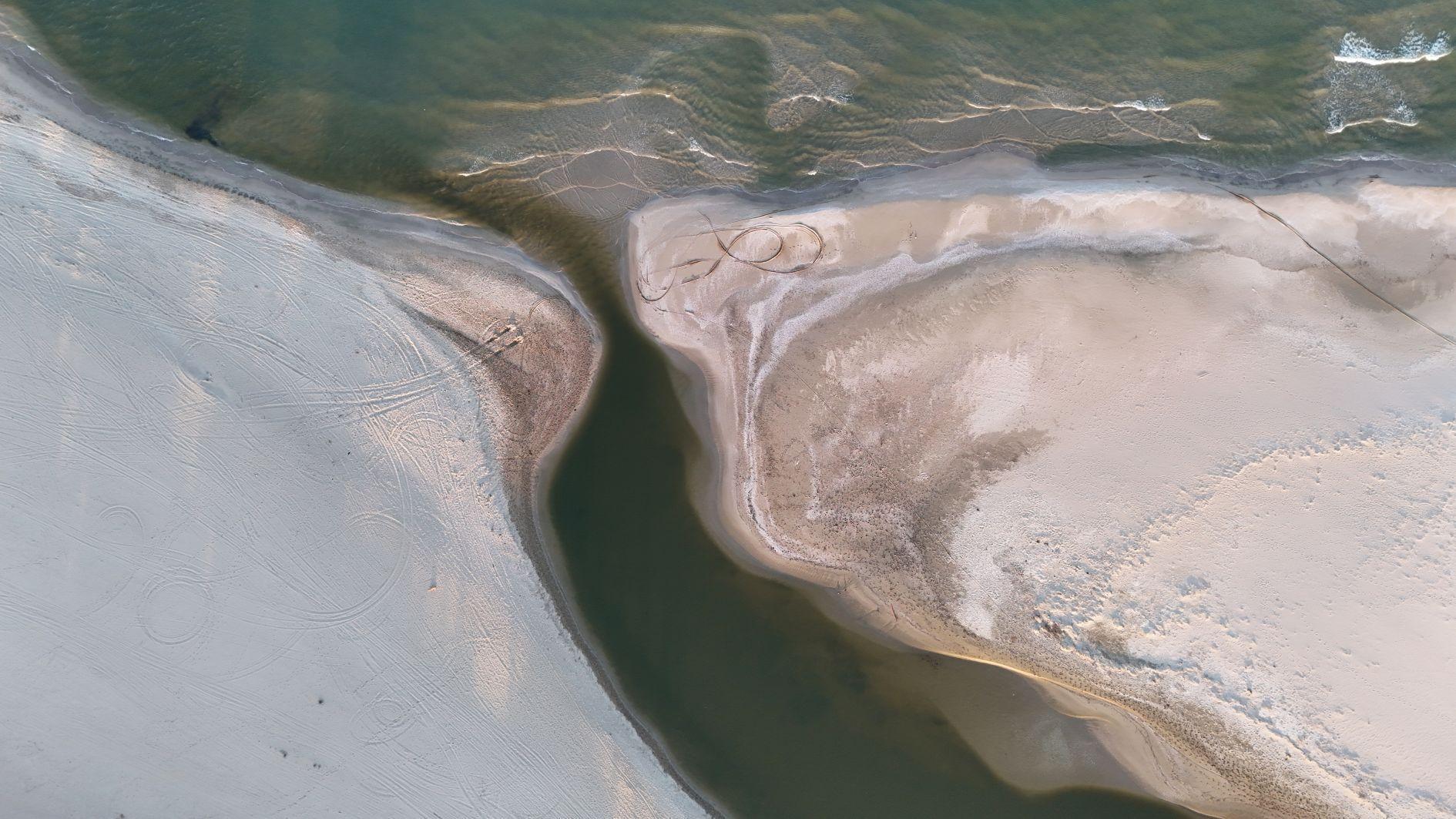Hagia Sophia restoration album republished
ISTANBUL

Engravings showing the renovations of the Hagia Sophia Mosque by the Fossati brothers, who were appointed by Sultan Abdülmecid for the restoration, as well as its state before restoration, have been compiled into a book.
The Fossati brothers presented an album containing 25 engravings of the Hagia Sophia at that time as a gift to Abdülmecid. Demirören Publishing has republished the facsimile of the engravings gifted to Abdülmecid, titled “Hagia Sophia,” in its original size. Researcher-author Erhan Altunay and archaeologist Murat Sav said that the book is a very important document in terms of the history of Hagia Sophia.
The Italian architect brothers Gaspare Fossati and Giuseppe Fossati were appointed by Sultan Abdülmecid in 1847 to restore the Hagia Sophia Mosque. During the restoration, the architect brothers made additions such as the Royal Entrance façade arrangement, the Sultan’s Loge, the Imperial Pavilion and the Hagia Sophia Timekeeping Room.
After the restoration, an album consisting of drawings by Gaspare Fossati was published in London with the support of Abdülmecid. These engravings documenting the Fossati brothers’ restoration provide important information and documents about the history of the Hagia Sophia Mosque.
The book, published by Demirören Publishing in two languages, French and Turkish, using the facsimile technique, is printed in large format, in a special box and with a personalized certificate. The book contains 25 engravings drawn by Gaspare Fossati. Authors and historians say that the book is a very important historical document because it provides the opportunity to compare the restorations of that period with today.
Altunay, speaking about Hagia Sophia Square, said: “This area once had temples, the Baths of Zeuxippus and many other structures, forming a vast square. No trace of those remains today. Thanks to the Fossati brothers' album created for Abdülmecid, we have documents equivalent to photographs. These provide a vivid depiction of the 19th-century state of Hagia Sophia. One striking aspect of the book is the depiction of buildings around Hagia Sophia, which formed the 'Hagia Sophia Neighborhood.' These structures were demolished during the reigns of Abdülmecid and Abdülaziz, leaving no trace. The engravings in this book are the best surviving records of those lost buildings.”
Sav said, “This is the most beautiful resource for comparing the before and after state of the structure. For instance, one engraving shows the exterior walls of the mosque as simply plastered before the restoration. Post-restoration, the walls appear with detailed yellow and red jointing. Additionally, Fossati modified the structure’s weight towers, transforming their upper sections into semi-circular forms. These engravings not only detail the restoration techniques but also serve as invaluable references for analyzing the building’s historical evolution.”
Altunay, providing information about the door that was previously used as the entrance to the Hagia Sophia Mosque, said:
“We are at the door that was once the entrance to the Hagia Sophia Mosque but is now the exit and the door through which Fatih Sultan Mehmet entered. This is a place famous for its mosaic. At one time, until the 1930s, this mosaic was covered. We can see this very clearly in Fossati’s book.”
Sav, pointing out a remarkable aspect of the door, said: “There is a remarkable point here. The door we entered was originally a door from a Pagan Temple in Tarsus. Later, after a repair in Hagia Sophia, it was brought here and installed. There is a magnificent mosaic panel opposite the door. In this mosaic panel, Emperor Constantine and Justinian are depicted. In the center, there is a depiction of the Virgin Mary and her son Jesus. The figure on the right side of the Virgin Mary is Justinian, holding Hagia Sophia in his hand. The figure on the other side is Emperor Constantine, depicted offering a model of the city of Constantinople.”
Stating that Fossati left deep marks in Hagia Sophia, Sav said the following:
“During the restoration, Fossati also made strengthening works in Hagia Sophia. For example, he removed and renewed the bases under 12 columns and aligned the columns, as they were slightly off due to the load. Additionally, most of the painted decorations seen today were retouched during that time. Inside, Fossati left deep marks. For example, there are very large circular calligraphic roundels. These inscriptions, written in the 19th century, also found their place in the mosque. He also worked on angel figures inside the mosque. The faces of these angels were only covered, preserving the figures. During the Fossati restoration, these were uncovered.”
Mentioning Fossati’s work on the dome, he said, “Since this restoration is also extensively documented in Fossati’s drawings, it includes very important details both in terms of the building’s use and its structure. This book, first published in 1852 with the support of Sultan Abdülmecid in London, has now been republished as a special album by Demirören Publishing. This allows for a clearer comparison of what was done during that era, before and in its current state. During this restoration, it is estimated that approximately 1,000 workers were employed. After 1,500 years, Hagia Sophia continues to live, with its ancient materials from different periods.”
















